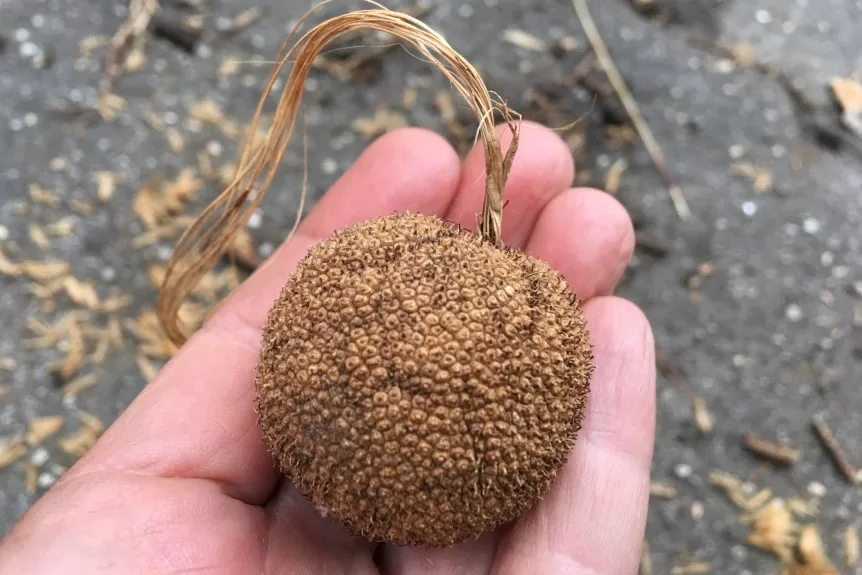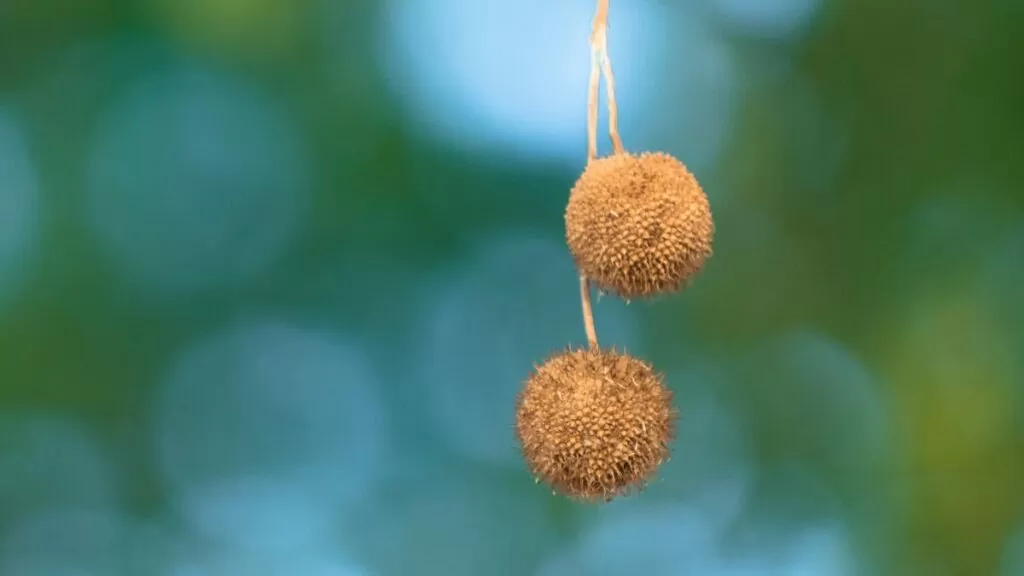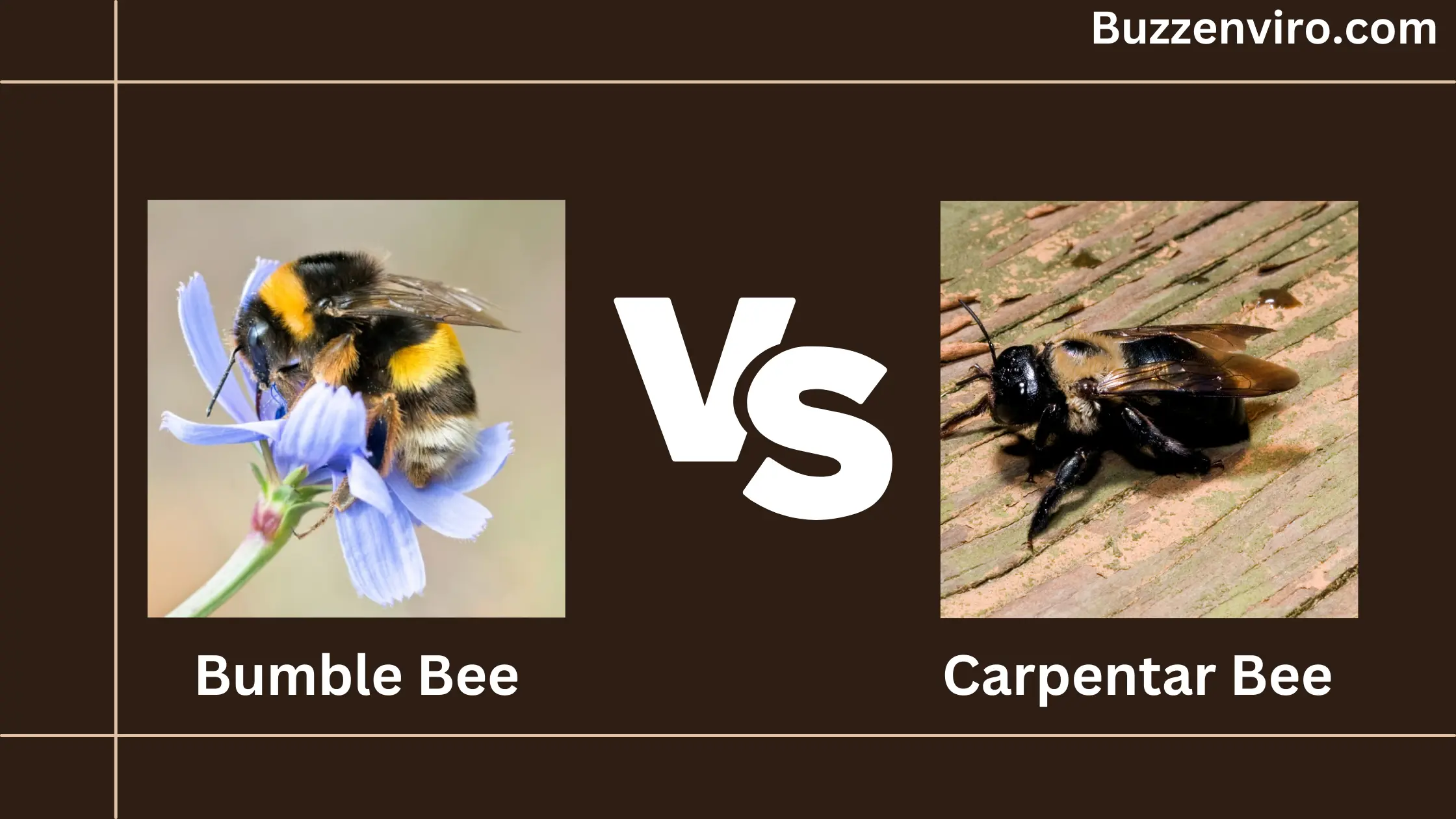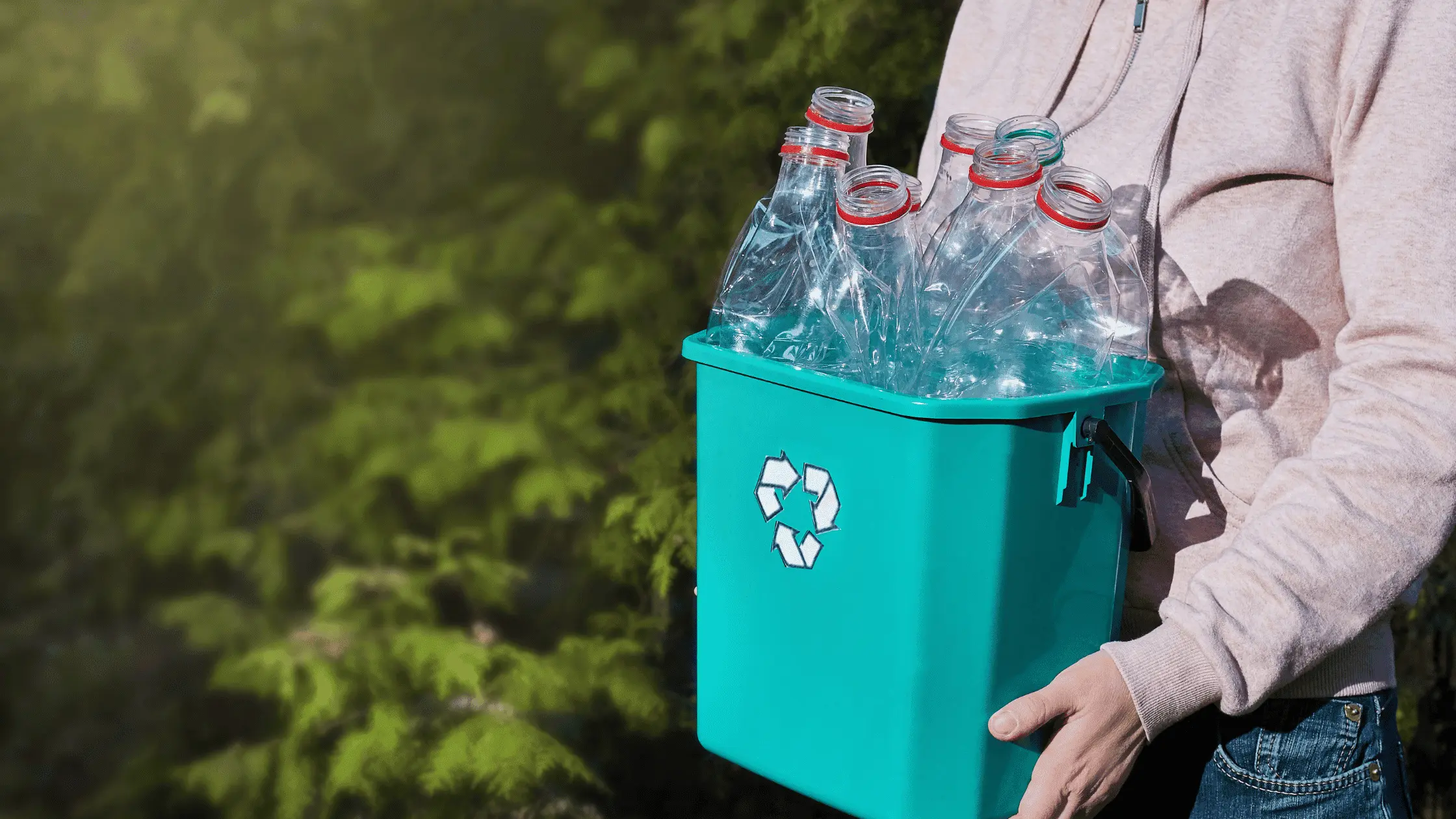When it comes to majestic trees, few are as iconic as the sycamore tree. Known for its distinctive bark and large, beautiful leaves, the sycamore tree (Platanus occidentalis) is a native of North America, often seen in parks, along rivers, and in urban landscapes. One of the most interesting features of this tree is its sycamore tree seed pods, which not only have a unique appearance but also play an important role in the reproduction of these stunning trees.In this blog, we’ll explore the lifecycle of the American sycamore tree seeds, how the sycamore tree seed pods form, and why these seeds are so important to the growth and survival of the species.
What Are Sycamore Tree Seed Pods?

Sycamore tree seed pods are unique and unmistakable. Unlike most tree seeds, which tend to be con tained in a singular fruit or pod, the sycamore tree’s seeds are found in spherical clusters. These clusters are often referred to as seed balls. The seed pods are green when they first appear and, over time, turn brown as the seeds mature.
Each sycamore tree seed pod contains numerous small seeds that are equipped with tiny, hair-like structures, which aid in wind dispersal. As the pods ripen, they break apart, releasing the seeds into the air where they can travel to new areas, potentially sprouting new sycamore trees far from the parent tree.
The Lifecycle of the American Sycamore Tree Seeds
The American sycamore tree seeds have a fascinating lifecycle that involves multiple stages of development:
1. Pollination and Flowering:-
The American sycamore tree produces small, greenish flowers, typically in early spring. These flowers are not showy, but they are important for pollination. Pollinators such as bees and the wind help transfer pollen from one tree to another, allowing fertilization to take place.
2. Seed Pod Formation
After pollination, the sycamore tree begins to form its iconic seed pods. These pods can grow up to 1.5 inches in diameter and are initially covered with small, hair-like projections. As the pods mature, they turn a brown color, and the seeds inside are ready for dispersal.
3. Seed Dispersal
When the seed pods are fully mature, they dry out and break apart, releasing the seeds. The fine, hair-like structures on the seeds allow them to be carried by the wind, sometimes for great distances. This wind-dispersal method helps the seeds reach new areas where they can germinate and grow into new trees.
4. Germination and Growth
When the seeds land in a favorable location with enough moisture and sunlight, they begin to germinate. The seeds produce small shoots that eventually grow into young sycamore trees. Over time, these saplings mature into full-grown trees, repeating the lifecycle.
Why Are Sycamore Tree Seed Pods Important?
Sycamore tree seed pods play a crucial role in ensuring the survival and spread of the sycamore tree species. Without the seed pods and their wind-dispersal system, sycamore trees would have a much harder time colonizing new areas. These pods also help maintain biodiversity by allowing sycamore trees to grow in various ecosystems, from riverbanks to urban areas.
Moreover, the seeds themselves are an important food source for a variety of wildlife, including birds and small mammals. The seeds are rich in nutrients, making them a vital part of the food chain for many species.
How to Grow Sycamore Trees from Seed Pods
If you’re looking to grow sycamore trees from American sycamore tree seeds, here’s a simple guide:
1. Harvesting the Seeds
Collect the seed pods when they are dry and brown. Be sure to gather them before the seeds are carried away by the wind. Once you have the pods, carefully break them apart to access the seeds.
2. Stratification
Sycamore tree seeds need to undergo a period of cold stratification before they will germinate. To do this, place the seeds in a plastic bag with some damp sand or peat moss and store them in the refrigerator for about 30 days.
3. Planting the Seeds
After the stratification period, plant the seeds about 1/4 inch deep in a pot or directly in the ground if you’re in a suitable climate. Make sure the soil is moist, but not waterlogged, and provide plenty of sunlight for the young saplings.
4. Care and Maintenance
Sycamore seedlings require plenty of water and sunlight to thrive. Once the trees are established, they are relatively low maintenance, but they do benefit from occasional pruning to promote healthy growth.
Final Thoughts on Sycamore Tree Seed Pods
The sycamore tree seed pods are more than just an interesting feature of the tree—they are essential to its lifecycle and survival. Whether you’re fascinated by the tree’s unique seed pods or looking to grow a sycamore tree of your own, understanding the role of the American sycamore tree seeds is key to appreciating this magnificent tree.
By recognizing the importance of these seeds and learning how to grow sycamore trees from them, you can enjoy the beauty of this magnificent tree in your own yard or community. Whether you’re an avid gardener, nature lover, or simply someone who appreciates the wonders of the natural world, the sycamore tree is a truly remarkable species.
So, next time you spot a sycamore tree in your neighborhood, take a moment to appreciate its seed pods and think about how these small, airborne seeds are helping to grow the forest around you!





